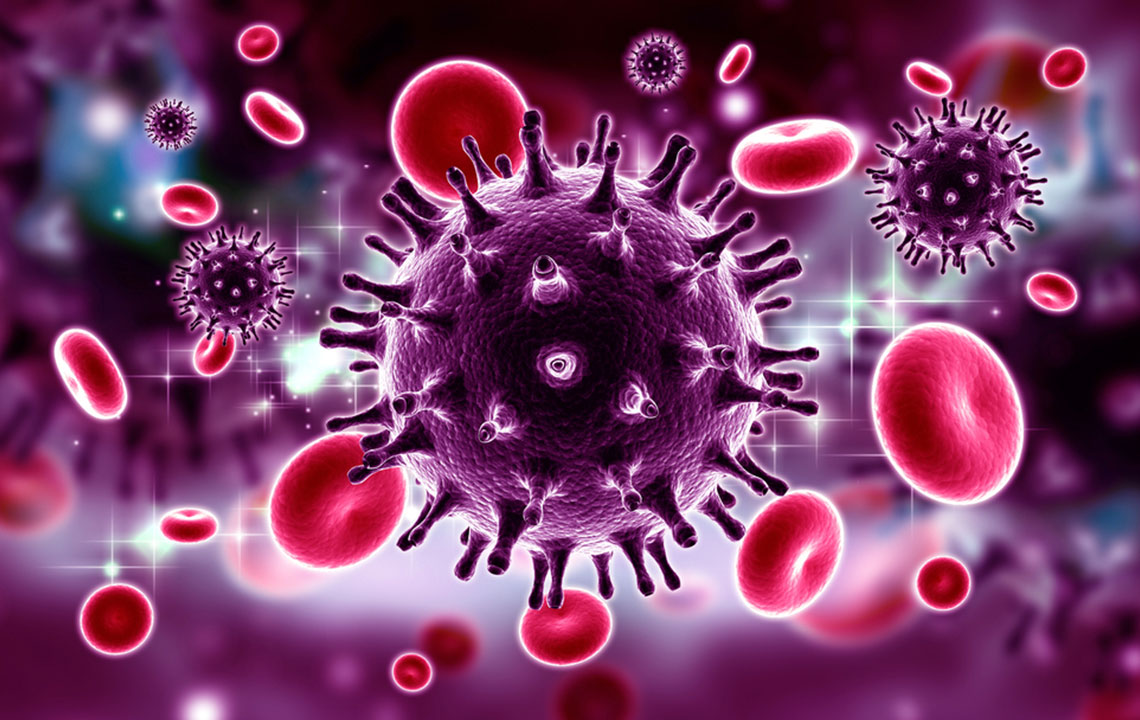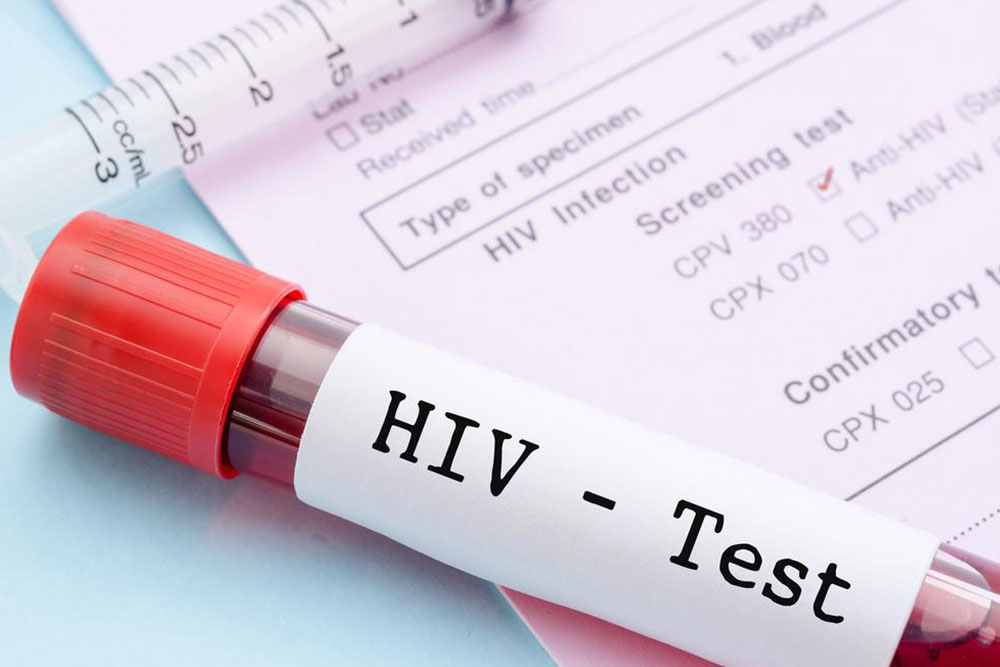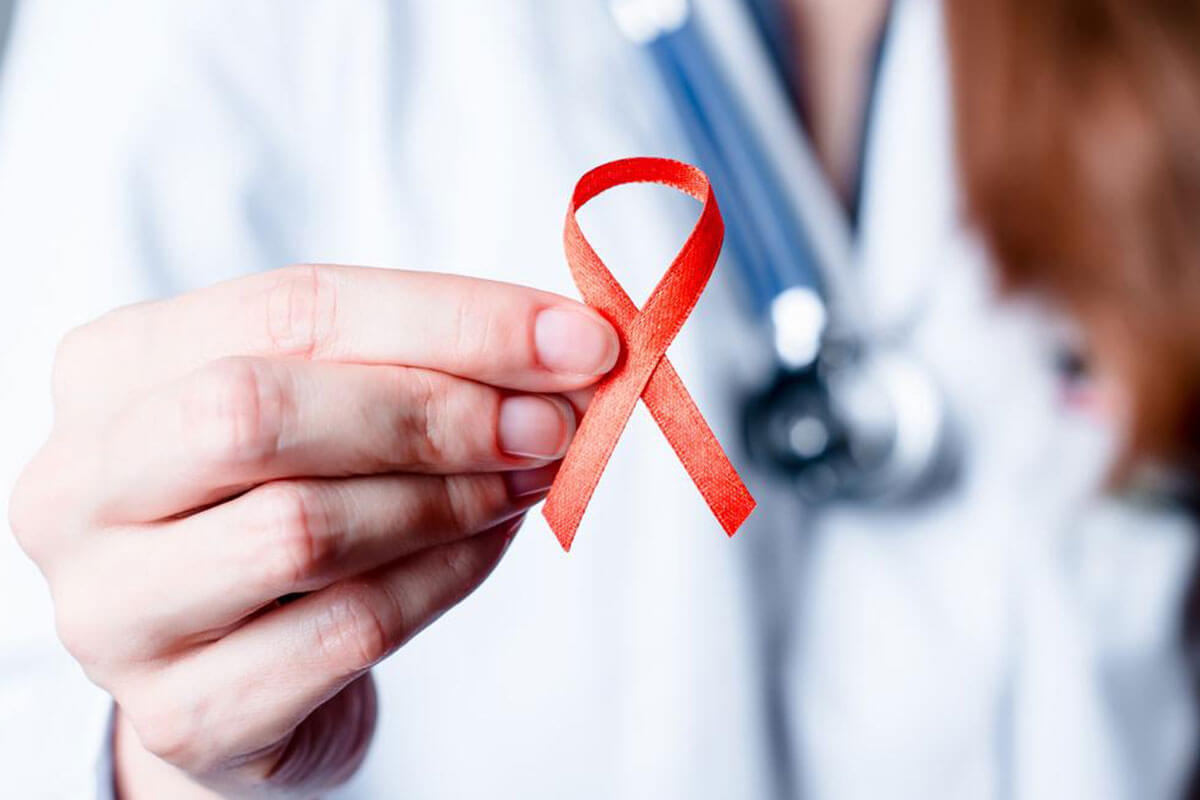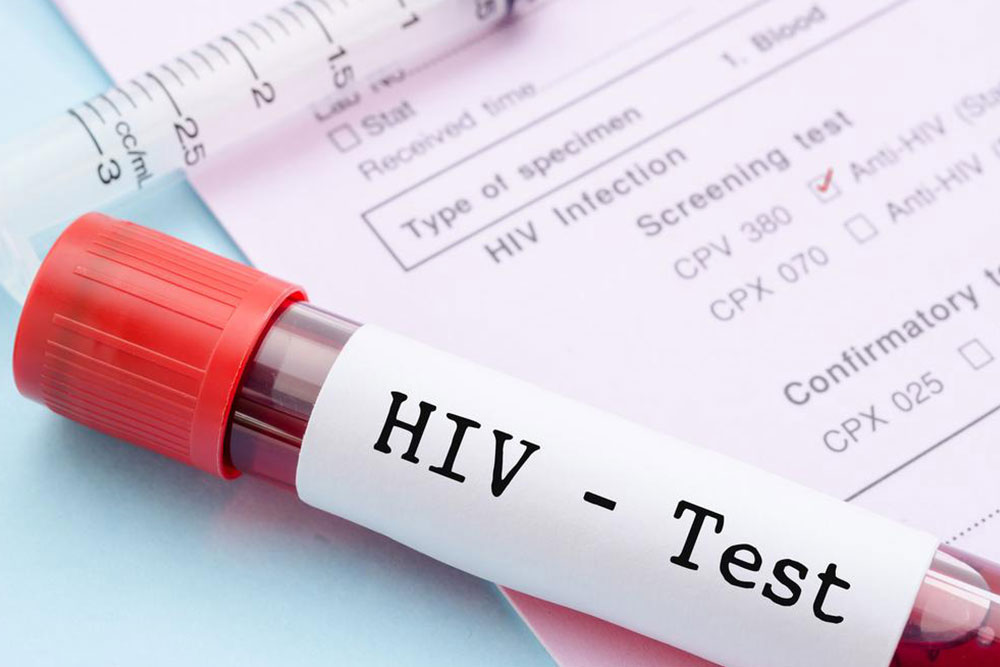Recognizing the Early Signs of HIV Infection
This article outlines the early symptoms of HIV infection, emphasizing the importance of timely testing. It explains how HIV affects the immune system, transmission methods, and specific signs in women. Regular screenings are crucial for early detection and management of the virus to prevent progression to AIDS.

HIV, or Human Immunodeficiency Virus, is a permanent condition that targets T cells, gradually weakening the immune system. Once infected, an individual remains HIV positive for life, as the virus relentlessly infects healthy cells, causing them to die prematurely. This process diminishes the body's ability to fight infections, leading to increasing vulnerability. HIV spreads through bodily fluids such as blood, semen, vaginal secretions, breast milk, and rectal fluids, via contact with mucous membranes or damaged tissues. It can also be transmitted through shared needles or blood transfusions.
Initial symptoms typically emerge between two to eight weeks after infection and include fatigue, muscle and joint pains, headaches, sore throat, swollen lymph nodes, fever, rashes, diarrhea, mouth fungal infections, genital ulcers, and night sweats. Women may experience additional signs such as irregular periods, pelvic pain, abnormal vaginal discharge, recurrent yeast infections, and discomfort during urination or sex.
Sometimes, after early symptoms fade, the virus silently persists, damaging the immune system over years without noticeable symptoms. In some cases, no symptoms appear at all, highlighting the importance of regular HIV testing for accurate detection.
Note: The information provided is for educational purposes only. For diagnosis and medical advice, consult a licensed healthcare professional. Never rely solely on online content for health-related decisions.










